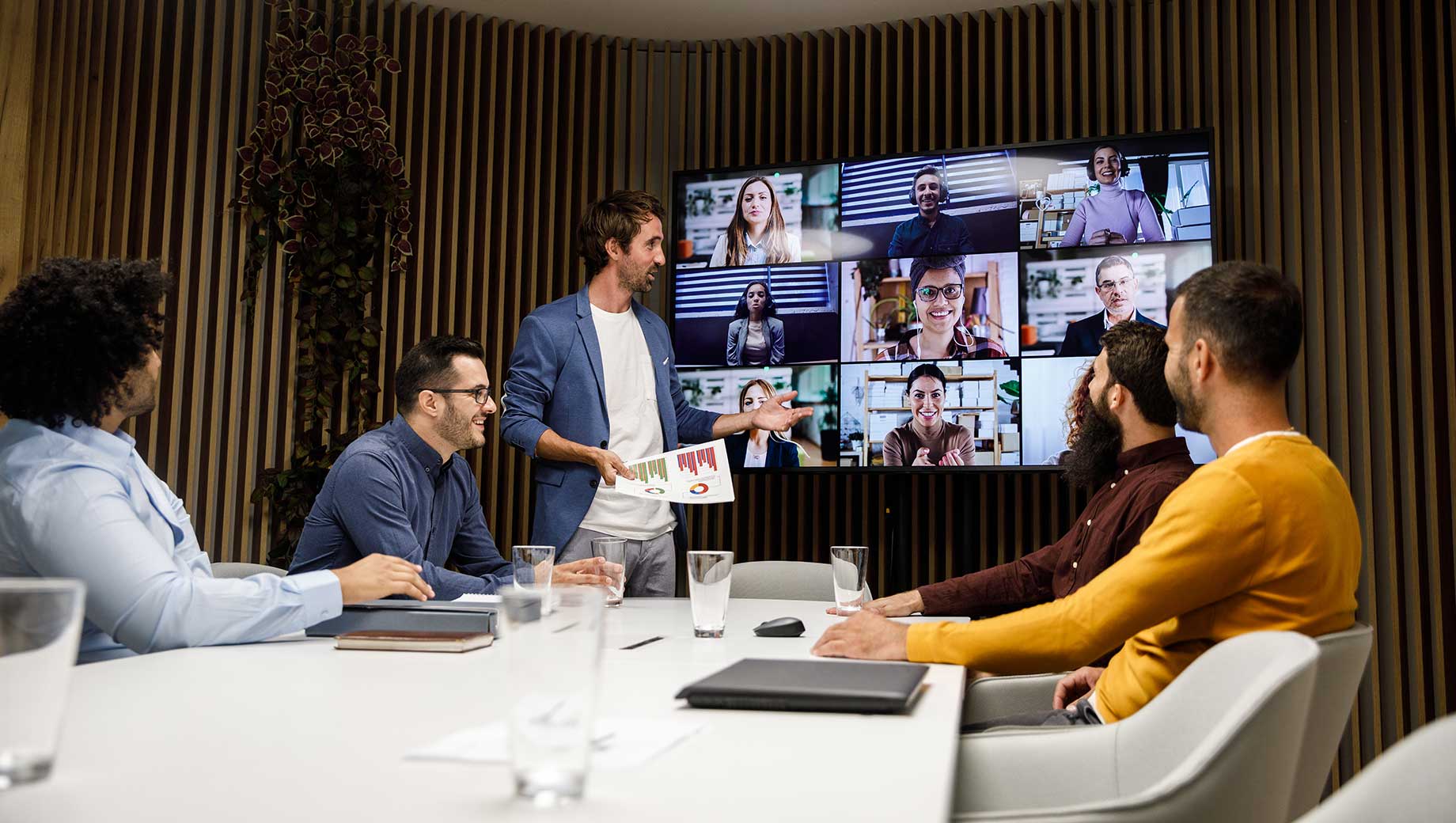How Important Is Time in the Office?
CCA PARTNERS
STORY HIGHLIGHTS
- Virtual collaboration is less effective than in-person time
- Two to three office days boost outcomes for engagement and wellbeing
- Maximize engagement by establishing standard onsite office days
-
The following is adapted from Culture Shock, Gallup’s new book about the biggest leadership challenge of our time. For more insights, preorder your copy of Culture Shock today.
As companies increasingly embrace remote and hybrid work arrangements, many leaders are wondering: Is in-person time in the office with colleagues still valuable? And did it ever matter as much as we thought it did?
Human development suggests in-person interactions have always been important.
Anthropologists contend that human brain size grew over time to enable greater computational power to keep up with -- and expand -- meaningful social interconnections. Social influence gave humans greater capacity for collaborative work, trading for food and resources, hunting larger game, and protection from predators.
Even in hybrid and remote work environments, humans still rely on our social bonds to get work done. Mandated social distancing and a shift to Zoom didn't change that one bit. About three in 10 workers globally report having a best friend at work -- many well-run organizations have doubled the global average.
A Gallup meta-analysis of more than 100,000 business units found that the units with more bonded workers achieve higher performance and lower turnover.
-